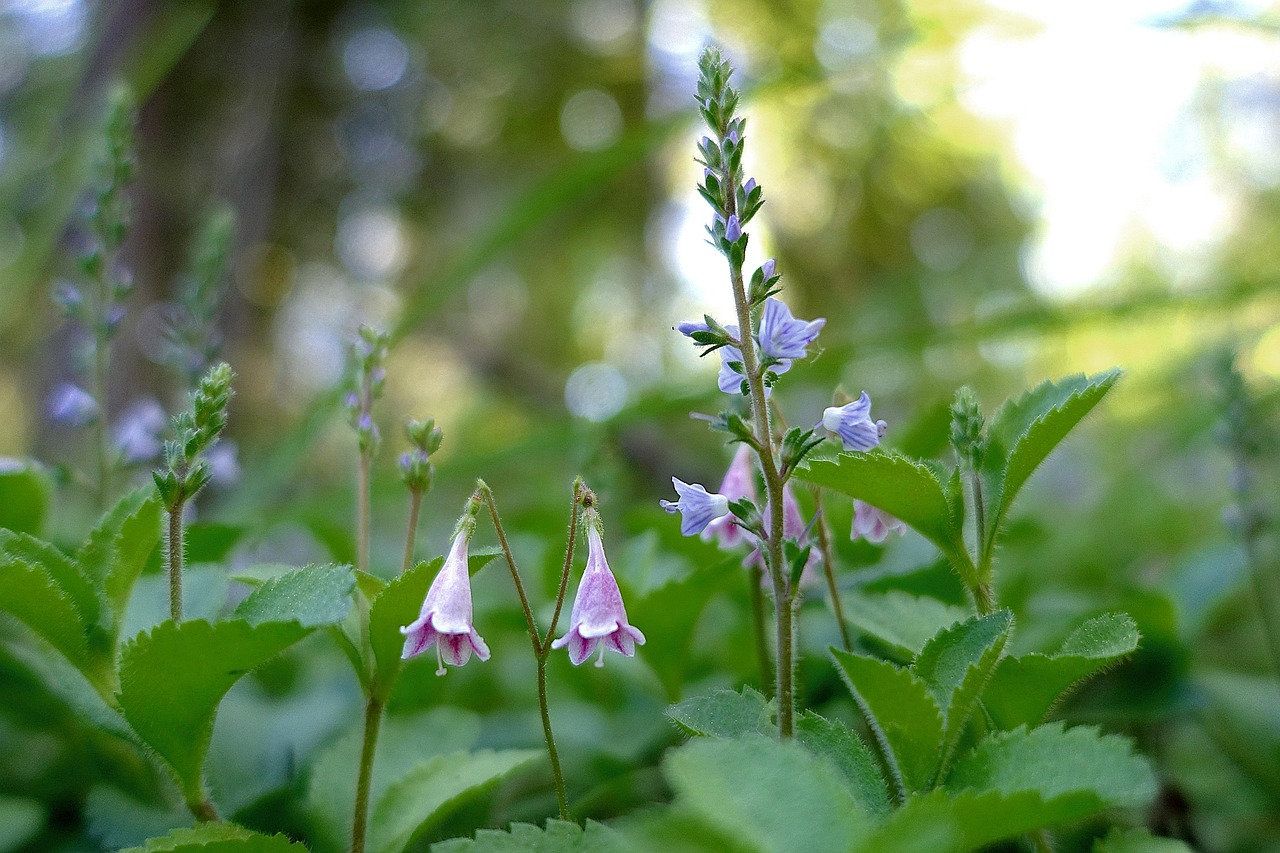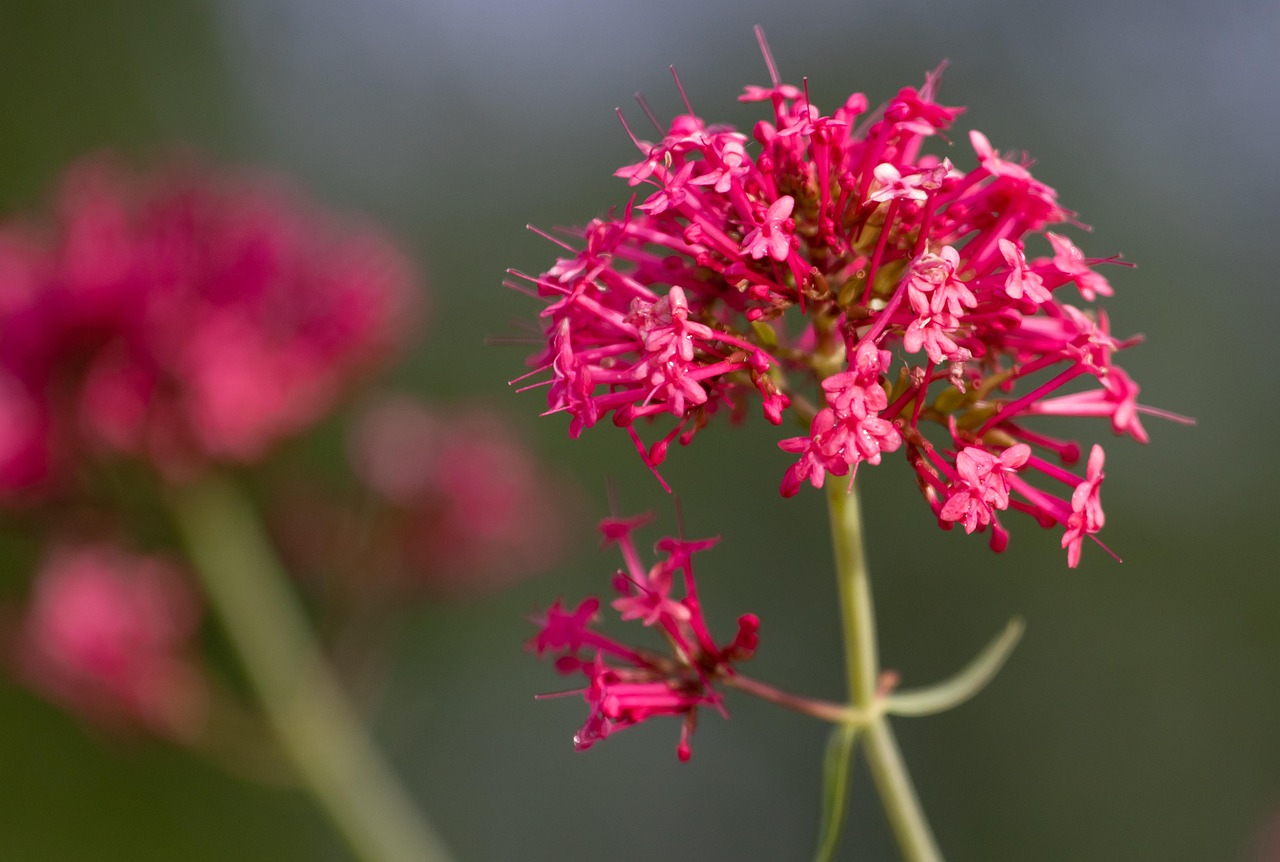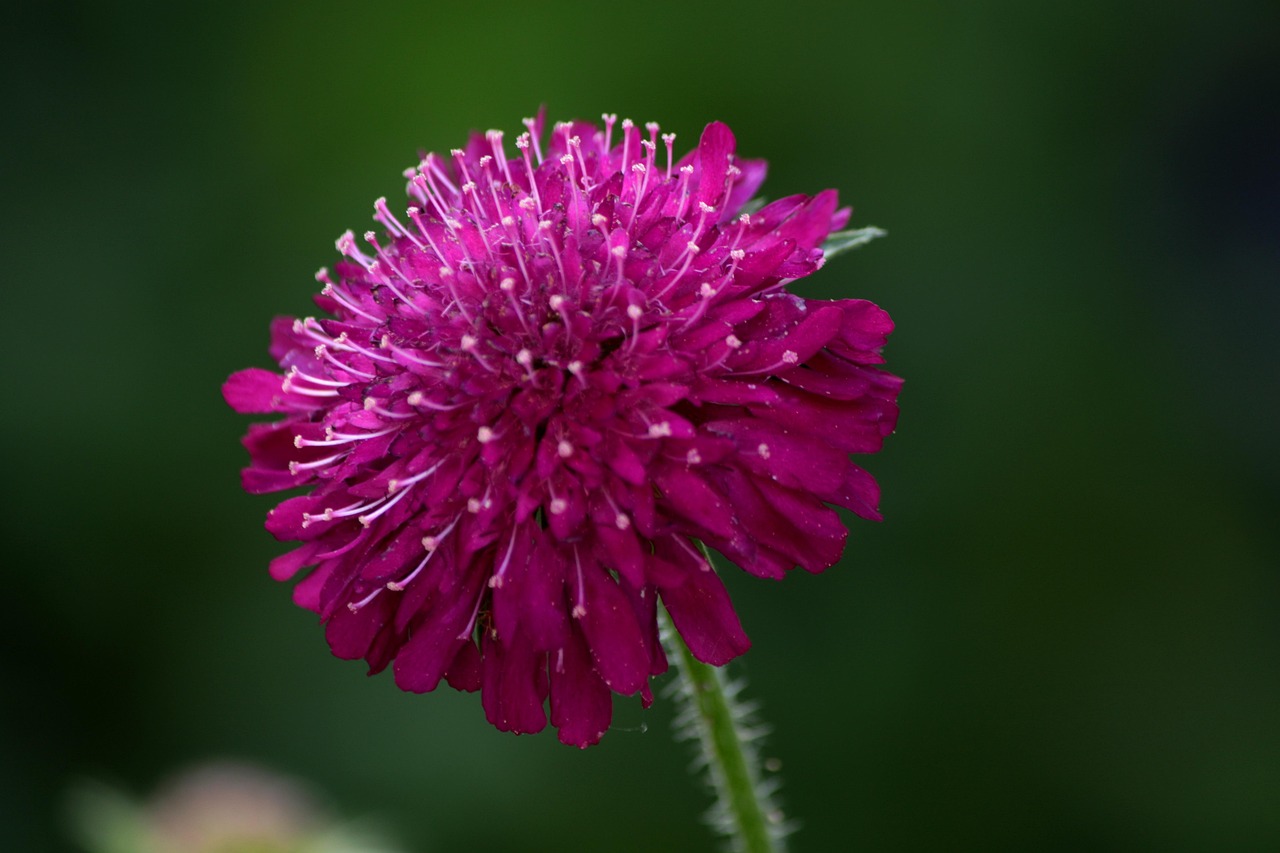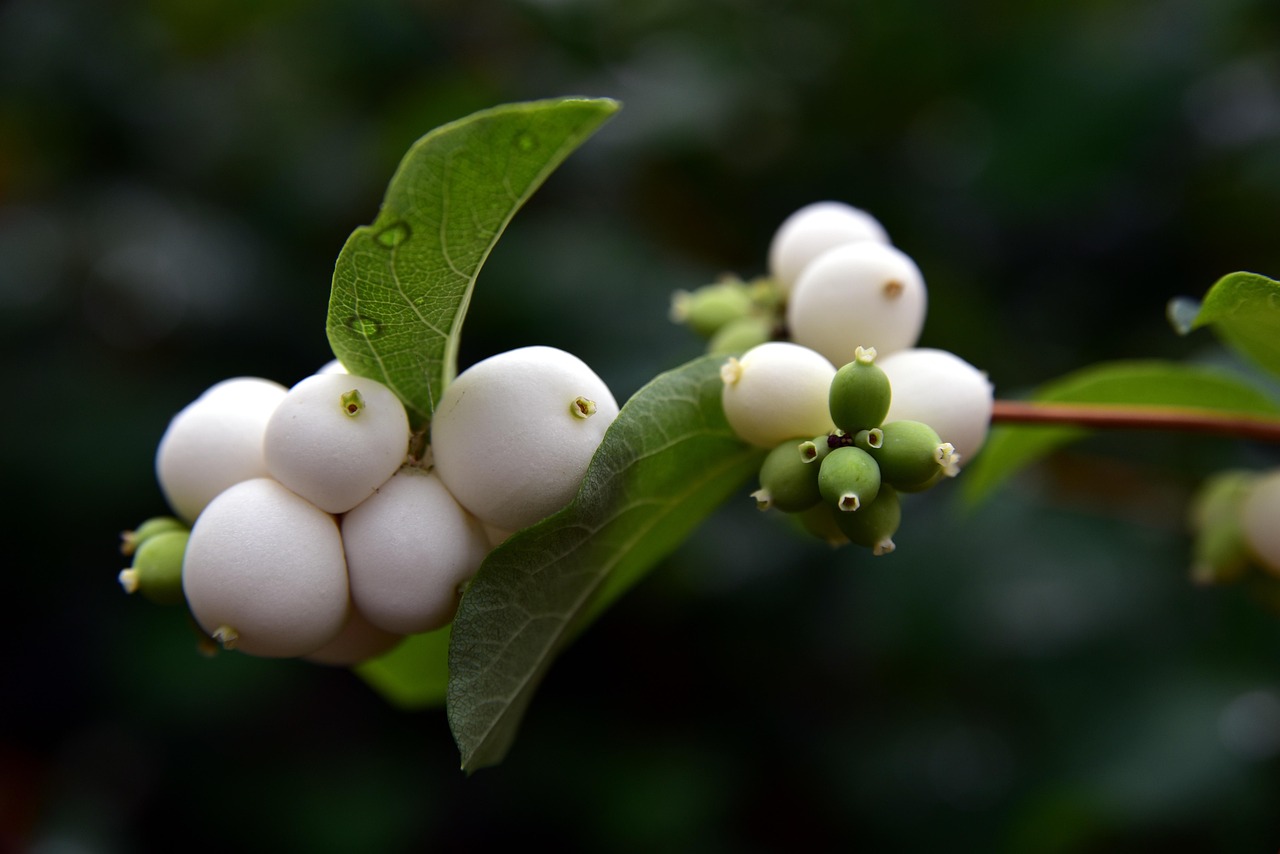Abelia | The Fragrant Hedge that Spread Through Modern European Gardens
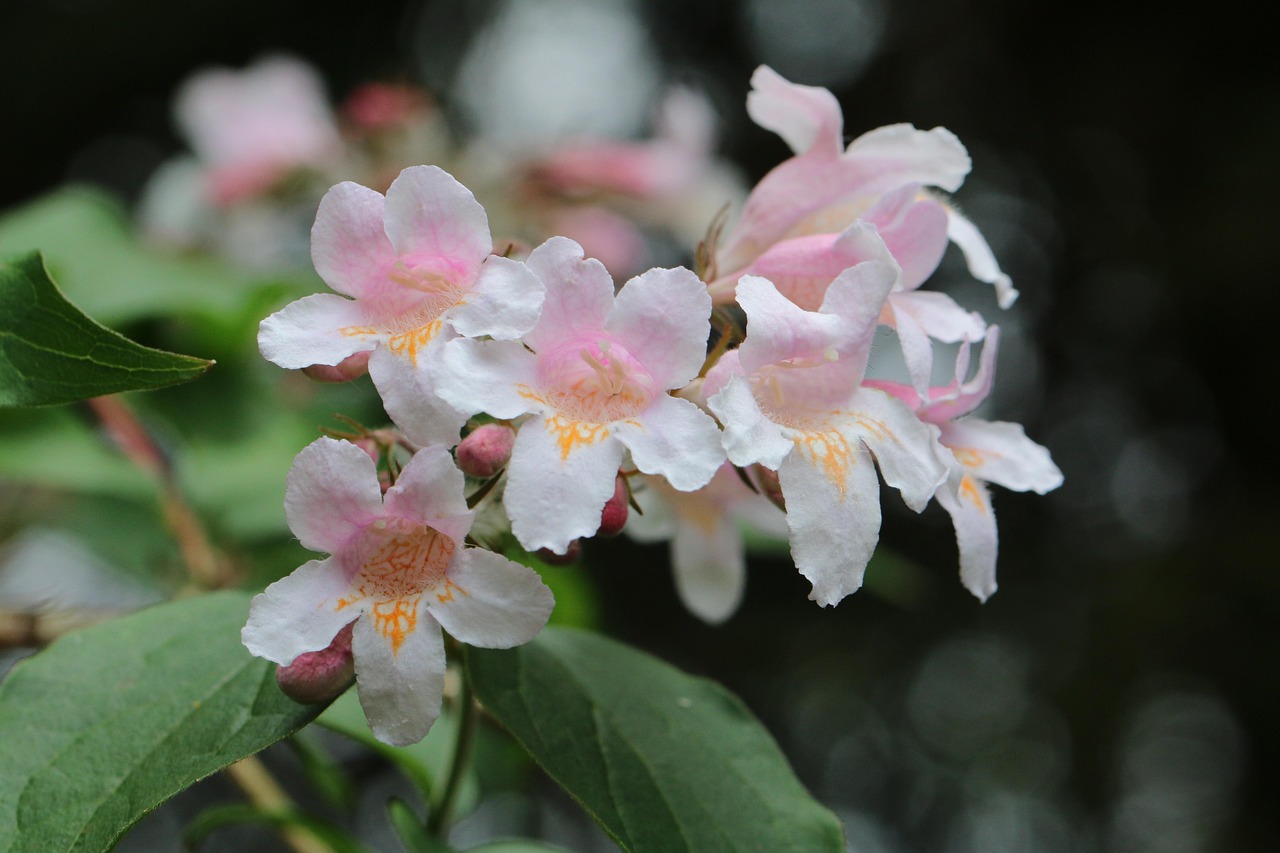
Abelia is a charming shrub admired for its glossy leaves and delicate small flowers.
It is hardy and fast-growing, making it widely used as hedges in parks and gardens. Because it blooms for a long period, it is popular as an ornamental plant that brightens up gardens.
In this article, I will explain in detail the basic information, cultural and historical background, and cultivation methods of Abelia.
Basic Information
- Scientific name: Abelia spp.
- Family: Caprifoliaceae
- Origin: China, Mexico, Japan, and others
- Appearance: Dense clusters of small glossy leaves, producing pale pink or white flowers at the tips of its branches. Some cultivars also have variegated leaves.
- Blooming season: From spring to autumn, providing flowers for a long duration.
Cultural Features Around the World
Thanks to its hardiness and long-lasting blossoms, Abelia is treasured as a garden plant and hedge in various countries and regions.
In China, it has long been cherished as an ornamental garden plant. Its soft colors and fragrance are said to bring a sense of tranquility. It was also planted in temple gardens, creating an atmosphere of serenity.
In Europe, it was introduced in the 19th century and became widely used as a low shrub in parks and gardens. In particular, in the United Kingdom and France, its easy maintenance and year-round beauty made it a favored plant for urban landscaping.
In Japan, it is commonly used as roadside trees and in public parks. Because of its long blooming period, it is also popular in private gardens, often planted as low hedges.
Historical Episodes
The name Abelia comes from Clarke Abel, a British physician and botanist who collected this plant in China during the 19th century.
He worked tirelessly to introduce Chinese plants to Europe, and Abelia became known as one of them.
In the mid-19th century, Abelia was introduced to the Royal Botanic Gardens, Kew in England, where horticultural improvement began. Later, in France and Germany, further breeding created cultivars with higher ornamental value.
By the 20th century, Abelia had gained popularity in the United States as well, especially in warmer regions where it became widely planted in gardens and parks.
Gardening Advice
Abelia is hardy and easy to grow. With proper conditions, it will thrive.
Sunlight
Prefers sunny locations but tolerates partial shade. Full sun enhances blooming.
Watering
In the ground, natural rainfall is usually sufficient, but water moderately during dry spells. For potted plants, water generously when the surface soil dries.
Soil
Prefers well-drained soil. Fertile soil enriched with leaf mold or compost encourages healthy growth.
Fertilizer
Apply slow-release fertilizer in spring and autumn. Avoid over-fertilization.
Pruning
Due to rapid growth, pruning is necessary to maintain shape. Prune from late winter to spring, thinning out crowded branches.
Cold resistance
Relatively cold-hardy, but mulching in winter is recommended in colder regions.
Conclusion
Abelia is an attractive shrub with glossy foliage and small flowers that can be enjoyed over a long season.
In China, it has been valued as a decorative plant for gardens and temples; in Europe, it became part of urban landscaping; and in Japan, it is widely used in public plantings.
Its name honors Clarke Abel, who introduced it from China in the 19th century, and it has since been improved through horticultural breeding in several European countries.
Because it grows quickly and can be shaped through pruning, Abelia is highly valued as a hedge or garden shrub. With the right care, one can enjoy its beautiful leaves and blossoms for many years.


